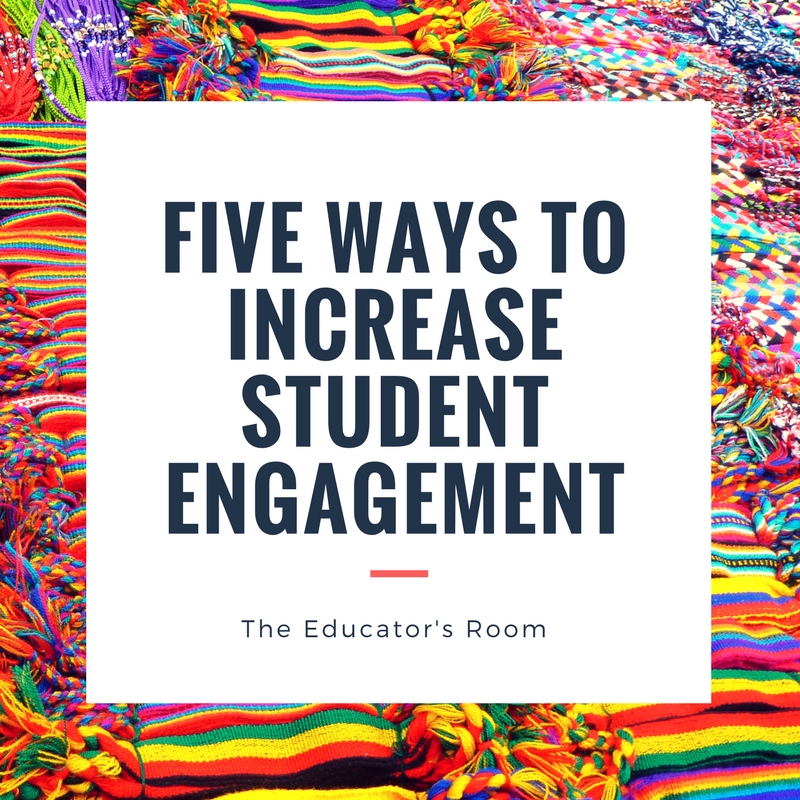Not everything in life comes easily, we know this and we harp and harp on students to “try harder” while sometimes they are giving it all they got and it is not good enough. We all have those moments where we feel like nothing we do is ever good enough. Imagine how it feels to be young and these are supposed to be the best and easiest years of your life, but you do not comprehend the material or have other personal issues going on. What will life hold for me if I cannot even finish school? As one of my students once said, “What’s the point?”[fusion_builder_container hundred_percent=”yes” overflow=”visible”][fusion_builder_row][fusion_builder_column type=”1_1″ background_position=”left top” background_color=”” border_size=”” border_color=”” border_style=”solid” spacing=”yes” background_image=”” background_repeat=”no-repeat” padding=”” margin_top=”0px” margin_bottom=”0px” class=”” id=”” animation_type=”” animation_speed=”0.3″ animation_direction=”left” hide_on_mobile=”no” center_content=”no” min_height=”none”][bctt tweet=”Imagine how it feels to be young and these are supposed to be the best and easiest years of your life and you do not comprehend the material or have other personal issues going on. “]
While not every one of our lessons can be a 10 on the excitement level, attempting to bring in our students’ world will increase student engagement. Struggling students have to see how this skill will benefit them in their future. It can be frustrating and exhausting to find material, but the trade-off is one, the students are engaged and engaged students are less of a discipline issue, and two, they see that you care. Of course, they will never tell you this, but when students see that you actually tried to find something they like, you will get more effort from them. Here are some things I use to boost engagement in my classroom:
1. Youtube. Clips from movies, music videos, even dramatic readings will generate instant engagement. Use it as a lesson opener. If you are teaching theme, why not use a modern song that illustrates the same one? (Of course, watch the music video first!) Look for videos that show the story, there is an awesome Lego version of “Occurrence of Owl Creek Bridge.” When I teach the civil war, there is an amazing scene from Remember the Titans and I use it to introduce “The Gettysburg Address.”
2. Technology. Let them work on the computer. The digital natives in our classrooms love computers. If they can type an assignment, instead of write it, why not let them? If they have headphones, let them listen to music while they work. I know some teachers are against this, but if work is being produced and the entire class does not hear the song, why not? What does it hurt?
3. Group Assignments. Working in groups allows the students to solve the problem together. It only seems like less work when they are in groups. They ask each other questions and they are more likely to ask for help because the entire class is involved in discussion and not seeing little Anna asking another question.
4. Choices. Give learners options. They only think drawing that picture and explaining the symbolism is easier than writing a paper on it. Sometimes struggling learners need a different medium to show they know the skill. One size does not fit all. Let them take control of their learning.[bctt tweet=”One size does not fit all. Let them take control of their learning.”]
5. Movement. Cutting, gluing, and drawing is a way to get your students excited about a lesson. Many of our struggling learners are kinesthetic and need to “make” and “move.” Reading silently and answering questions for an hour is not the way to reach them. Let them create and highlight, it gives their mind a break and they may be more ready to read the next paragraph if you let them draw the imagery, or illustrate the metaphor. Maybe they need to stomp their feet when they see a comma, or maybe move around the classroom towards corners marked A, B, C, and D to illustrate their answer choice. Use a jigsaw strategy or speed dating to make them move to keep them engaged.
While struggling learners are difficult and can be frustrating, they have the potential to offer great rewards. These are the students that appreciate your effort. These are the students that know you care about them. Sometimes students come to school just for your class because they know you are going to put on some crazy lesson that they will remember ten years from now. Students know you put effort into them because you want better for them, even more than they want for themselves. When they succeed, guess who they will thank? You.
[bctt tweet=”Students know you put effort into them because you want better for them, even more than they want for themselves.”][/fusion_builder_column][/fusion_builder_row][/fusion_builder_container]





Leave a comment